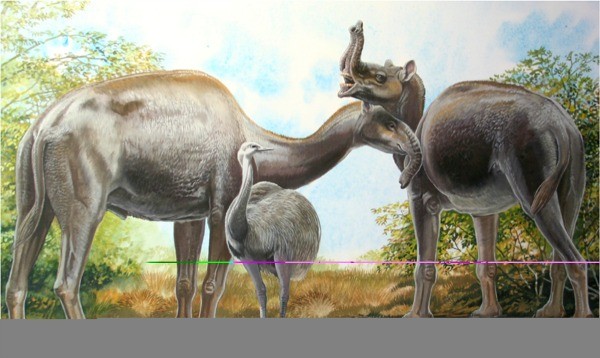Brilliant as he was, Charles Darwin was still mystified when he, together with Richard Owen, was able to dig up the bones of a beast which was an ungulate native to South America. This discovery remained to be an unsolved mystery for the last 180 years up until researchers solved the puzzle and reported it to be related to modern horses.
Scientists from the University of York and the Natural History Museum in London have finally provided the answer to the Darwinian mystery through a research they conducted. With the use of protein sequencing, they were able to find out the mammal's relation to horses.
The creature was said to have existed 10,000 years ago and was odd-looking because it consisted of body parts from three different animals that are know today. The known British naturalist considered it the strangest animal he had ever seen, with legs of a camel, nose of an elephant and a body of a rodent.
Ross MacPhee, curator in the Department of Mammalogy at the American Museum of Natural History and one of the paper's authors talked about the challenges paleontologists face in fitting South American ungulates to the family tree of mammals.
"Anatomically they were these weird mosaics", said MacPhee.
At first, they used the DNA of the animal but it was too degraded to yield accurate results. With the first attempt being futile, they turned to protein found in the bone collagen and compared it to other species.
University of York professor Matthew Collins said there have been success stories of people being able to perform collagen sequences retrieved from specimens dating back 4 millions ago.
Dozens of fossils of Macrauchenia patachonica were screened, proteomic analysis improved and best bone specimens were used. According to Ph.D. student at the Max Planck Institute for Evolutionary Anthropology and the University of York, Frido Welker, they were able to get from both species approximately 90 percent of collagen sequence.
"This opens the way for various other applications in paleontology and paleoanthropology, which we are currently exploring," commented Welker who was also the lead author of the paper.
In the end, a conclusion was made that perissodactyls, which included rhinos, tapirs and horses, were the species considered to be closely related to the mysterious creature.



























